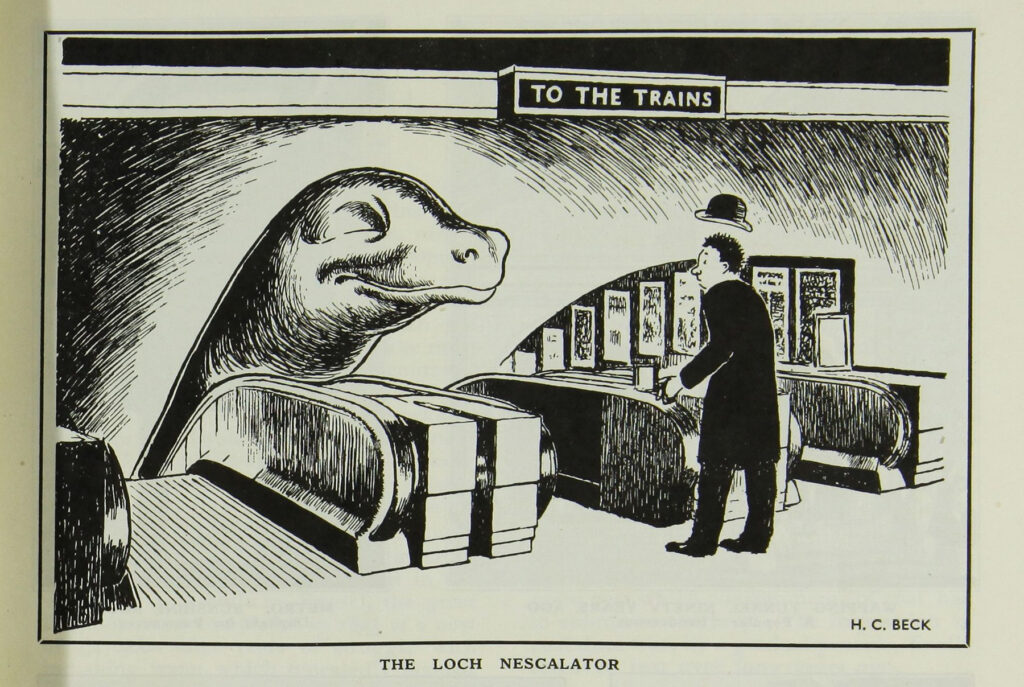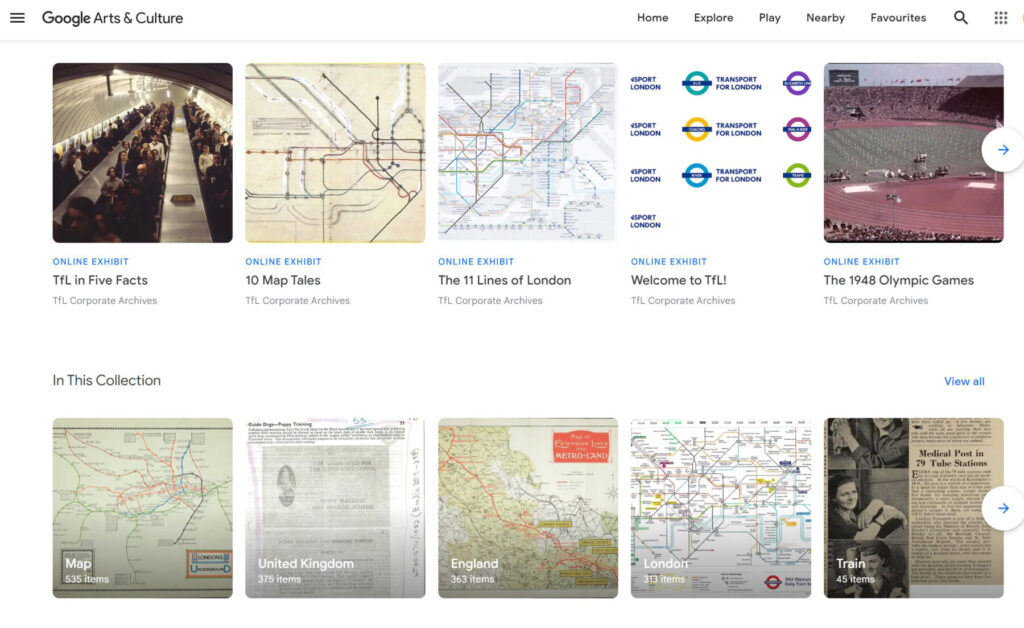More than 2,000 historical documents from Transport for London’s (TfL) corporate archives are now available to view for free on Google Arts and Culture.
The collection, covering the first London Underground line opening in 1863 to the modern day, includes more than 400 maps that have been digitised by Google Arts & Culture. For many of the documents, this is the first time they have been available to view without visiting the archive offices in person.
The collection includes maps prepared for the 1937 and 1953 coronations, cartoons by Harry Beck (designer of the Tube map), and extracts from oral histories with persons who sheltered in the Tube during WWII, are some of the things included in TfL’s Google Arts and Culture profile.
Themed sections will allow Google Arts & Culture users to not only examine the organisation’s long history but will also provide wider access to more recent milestones such as, imagery and documentation of TfL’s involvement in the London 2012 Olympics, and Queen Elizabeth II opening the Elizabeth Line in 2023. Other sections include a crossword inspired by the 1932 TfL staff magazine, recipes, and vintage quizzes that users can undertake.
The collection will also be regularly updated.
Tamara Thornhill, Corporate Archivist for Transport for London, said: “The cultural influence of London’s transport system is tangible across London and around the world.
“We have worked on this online collection for more than three years, with the help of Google Arts & Culture’s digitisation team, and are thrilled to be able to utilise this platform to exhibit the range of the collections. This collaboration is a real step forward in preserving culture, making our collection more accessible, and helping to open never before seen content to a wider audience.”
TfL’s page on Google Arts and Culture is here and complements a similar collection by London Transport Museum that can be viewed here.
For more information about TfL’s Corporate Archive, go here.









Quick scan confirms nothing of engineering (civil, etc) interest on this site.
“Which was the first underground line?
Clue: its color is magenta” https://artsandculture.google.com/project/tfl-archives
None of the tube lines is magenta. I know that the Metropolitan line was first.